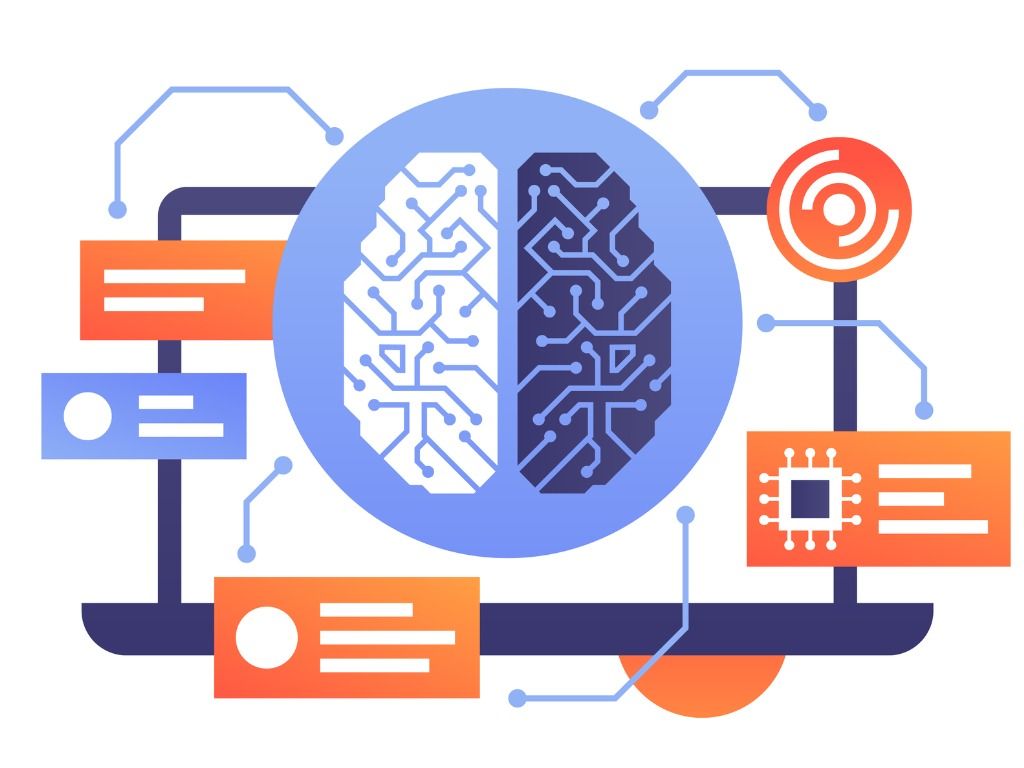
In today's fast-paced business environment, effective communication is key to success. With the advancements in artificial intelligence (AI), businesses now have the opportunity to enhance their communication processes and improve productivity. AI assistance can revolutionize business communication by providing solutions such as natural language processing, automated customer support, improved email communication, and enhanced virtual meetings. This article explores the role of AI in business communication and highlights the key takeaways of leveraging AI assistance.

Natural Language Processing (NLP) is a branch of artificial intelligence that focuses on the interaction between computers and human language. It enables machines to understand, interpret, and respond to human language in a way that is both meaningful and contextually relevant. NLP algorithms are designed to analyze and extract information from text data, allowing businesses to gain valuable insights from large volumes of unstructured data.
NLP has numerous applications in business communication, including:
Incorporating NLP into business communication processes can greatly enhance efficiency and productivity, allowing businesses to better understand and serve their customers.
Automating customer support can greatly improve efficiency and customer satisfaction. By using AI-powered chatbots, businesses can provide instant responses to customer inquiries, reducing wait times and increasing customer engagement. Chatbots can handle a wide range of customer queries, from basic information requests to more complex troubleshooting. This not only saves time for both customers and support agents but also ensures consistent and accurate responses. Additionally, AI can analyze customer interactions and provide valuable insights to businesses, helping them identify common issues and improve their products or services.
Email communication plays a crucial role in modern business operations. It allows for quick and efficient exchange of information, facilitating collaboration and decision-making. However, managing emails effectively can be challenging, especially with the increasing volume of messages received daily. To enhance email communication, businesses can implement various strategies and tools. These include understanding spam, identifying and reporting spam emails, setting up spam filters, blocking senders, practicing good email habits, using third-party anti-spam tools, and regularly cleaning the inbox.
Virtual meetings have become an essential part of business communication, allowing teams to collaborate and connect regardless of their physical location. With the assistance of AI, virtual meetings can be further enhanced to improve productivity and efficiency.
One way AI can enhance virtual meetings is by providing real-time transcription services. This allows participants to easily follow along and refer back to important points discussed during the meeting. Additionally, AI-powered voice recognition can enable hands-free communication, allowing participants to give voice commands and perform tasks without the need for manual input.
To make virtual meetings more interactive, AI can also facilitate the use of virtual whiteboards and collaborative tools. These tools enable participants to brainstorm, share ideas, and work together on projects in real-time, even when they are not physically present in the same room.
By leveraging AI technology, businesses can take their virtual meetings to the next level, improving communication and collaboration among team members.
Language barriers can be a significant challenge in today's global business landscape. However, with the help of AI-powered language translation, businesses can overcome this obstacle and enable seamless communication across different languages. Breaking language barriers becomes easier as AI algorithms can accurately translate text and speech in real-time, facilitating effective collaboration and enabling global teams to work together effortlessly.
To illustrate the impact of AI-powered language translation, consider the following table:
This table demonstrates the high accuracy of AI translation systems, ensuring that messages are conveyed accurately and reducing the risk of miscommunication.
In addition to breaking language barriers, AI-powered language translation also enables global collaboration by bridging the gap between different cultures and facilitating understanding and cooperation among diverse teams.
AI-powered language translation breaks down language barriers, enabling teams from different parts of the world to collaborate seamlessly. With AI assistance, language translation becomes faster and more accurate, allowing for effective communication and understanding. Global collaboration is made easier as AI technology facilitates real-time translation, eliminating the need for manual translation services or language proficiency. This opens up opportunities for businesses to expand their reach and work with international partners and clients.

Efficient transcription services provided by AI technology can greatly improve business communication. With accurate and fast transcription capabilities, AI can convert audio recordings into written text, saving time and effort. Transcribed text can be easily edited, shared, and referenced, making it a valuable tool for documentation and collaboration.
Additionally, AI-powered transcription services offer features such as speaker identification and timestamping, making it easier to navigate and understand the content. This can be particularly useful in meetings, interviews, and conference calls, where capturing and reviewing important information is crucial.
By leveraging AI for transcription services, businesses can streamline their communication processes, enhance productivity, and ensure accurate and accessible documentation.
Voice commands enable users to interact with AI assistants without the need for physical input devices. By simply speaking commands, users can perform various tasks, such as making phone calls, sending messages, or playing music. This hands-free communication feature is particularly useful in situations where manual input is inconvenient or not possible, such as when driving or cooking.
Voice commands can also be used to control smart home devices, such as thermostats, lights, and appliances. With a simple voice command, users can adjust the temperature, turn on/off lights, or start/stop appliances, providing a convenient and efficient way to manage their home environment.
In addition, voice commands can be integrated with other AI-powered applications, such as virtual assistants or voice-controlled software. This integration allows users to access a wide range of functionalities and services using only their voice, making tasks easier and more efficient.
Overall, voice commands for hands-free communication offer a seamless and intuitive way to interact with AI assistants and control various devices and applications.

AI-assisted document management systems can automatically organize and categorize documents, making it easier to locate and retrieve important information. These systems use advanced algorithms to analyze the content of documents and assign relevant tags or labels. This eliminates the need for manual sorting and filing, saving time and reducing the risk of human error. With AI assistance, businesses can streamline their document management processes and ensure that important documents are easily accessible when needed.
AI-assisted document management systems also offer intelligent search and retrieval capabilities. These systems use advanced algorithms to analyze the content of documents and categorize them based on their relevance and context. This allows users to quickly search for and retrieve specific documents or information within a large database. The intelligent search and retrieval feature saves time and improves productivity by eliminating the need for manual searching and sorting through numerous documents.
In conclusion, the integration of AI assistance in business communication has proven to be a game-changer. With the ability to analyze data, automate tasks, and provide real-time insights, AI technology has significantly enhanced communication efficiency and effectiveness. Businesses can now streamline their processes, improve decision-making, and deliver personalized experiences to their customers. As AI continues to evolve, it will undoubtedly revolutionize the way we communicate and collaborate in the business world.
AI can assist in business communication by understanding natural language processing, automating customer support, improving email communication, and enhancing virtual meetings.
AI-powered language translation breaks language barriers and enables global collaboration by providing accurate and real-time translation services.
AI-driven voice recognition provides efficient transcription services and enables voice commands for hands-free communication, improving productivity and convenience.
AI-assisted document management automates document organization and enables intelligent search and retrieval, saving time and improving efficiency.
Yes, AI can understand and respond to customer queries accurately by leveraging natural language processing algorithms and machine learning techniques.
Yes, AI assistance in business communication can be secure by implementing robust security measures, encryption, and access controls to protect sensitive information.